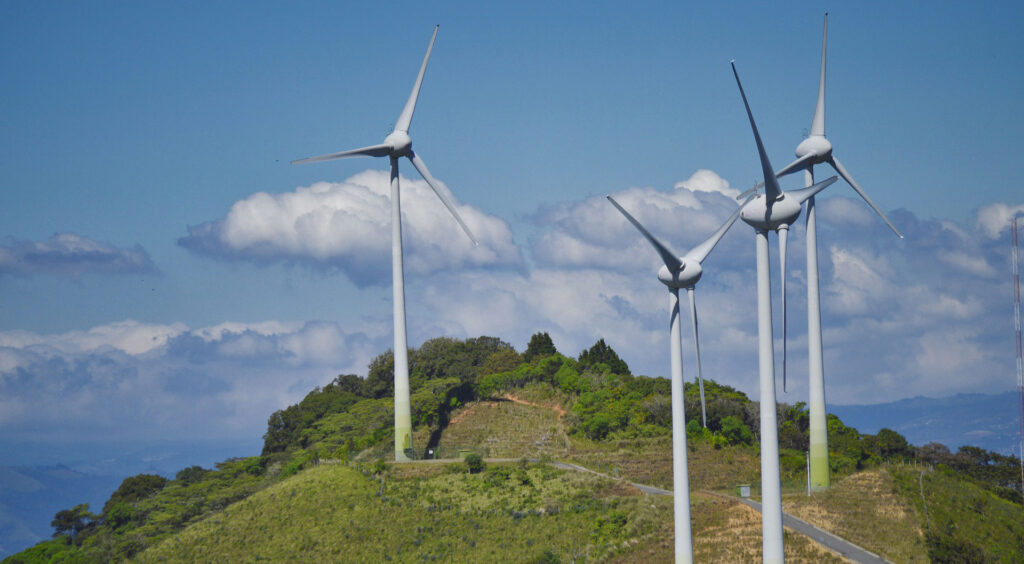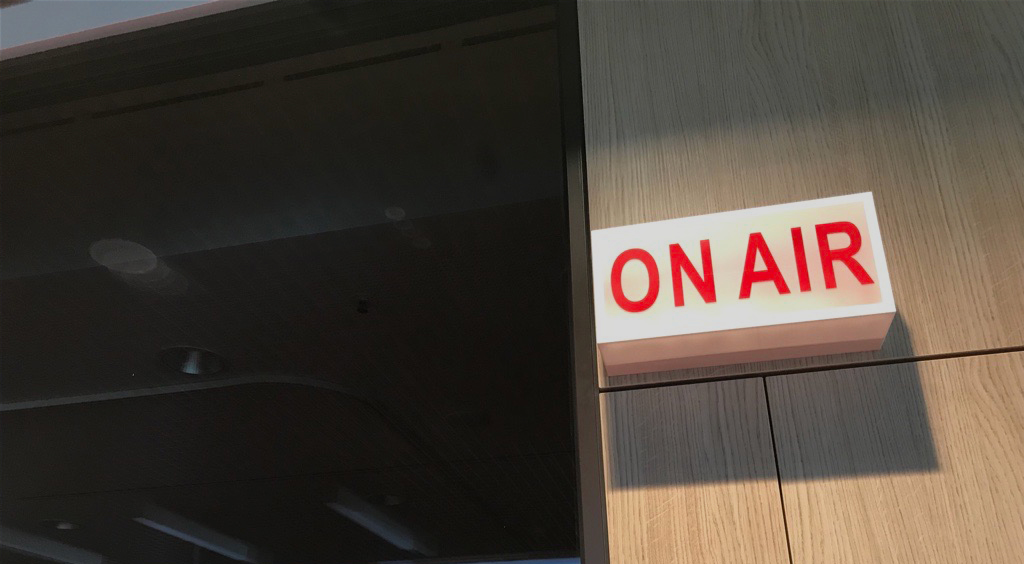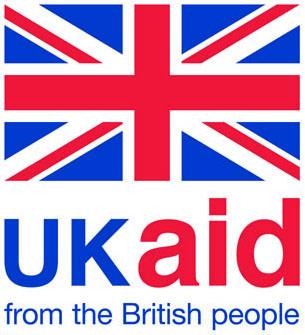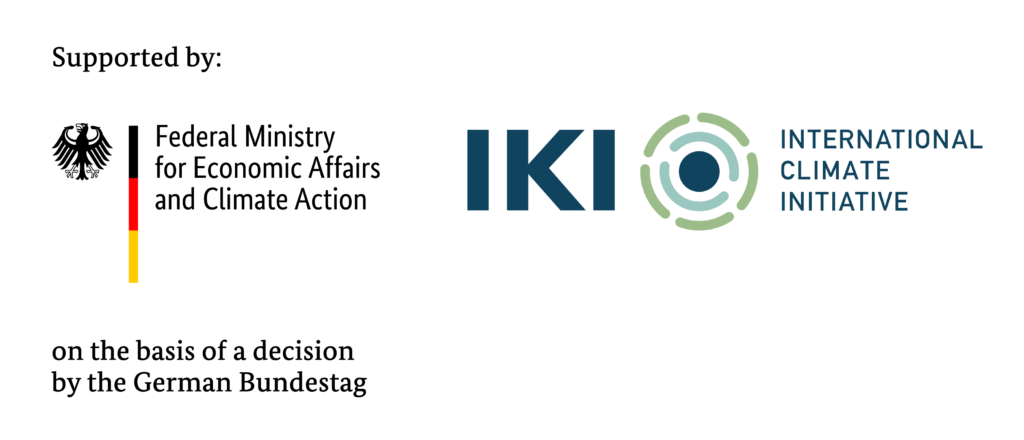The last years have been unheralded in terms of company fundraising and very simple in theory: present a PowerPoint presentation with projected numbers to 2035, the word “technology” included alongside a lean team and voilà, some sophisticated investors would write you a well-sized cheque. Unless you were a renewable energy developer in emerging markets.
Renewable energy developers are consistently caught in a perpetual cycle of funding shortfalls. The funding shortfalls are associated with financing the development of pipelines and projects while at the same time looking to build out and maintain the right skilled team to form the basis of a strong business. It is rare at the early onset of a developer’s existence to see it raise any form of outside capital, although there is a splattering of examples of newer teams managing to do so or new platforms with institutional backers. Typically, investors want to see an investable late stage / at financial close pipeline in place alongside a track-record before backing a developer.
Until developers can reach an inflection point where they can raise larger funding rounds on a corporate or development level, the cash burn they must manage and overcome is significant. Between the internal costs of building out a team, the development of multiple project sites, and in particular associated third-party costs, development is not for the faint of heart or the weak of pocket.

Figure 1: Developer cashflow cycle
While building out a business, there is a continuous need to expand pipelines from a risk management perspective, but this is costly and risky. To show the cost of building out a pipeline and the risk attached, the SCAF portfolio serves as a good example: Across Africa and Asia, only 20% of the projects financed since 2016 (2.5 GW as at the time of writing) have either reached financial close or been exited – where value accrues to developers by receiving development fees. Currently, we are seeing projects in Africa taking north of five years to develop to financial close. The South-East Asian markets are slightly quicker. More importantly, what South East Asia has offered in recent years is a clear line of sight for projects to financial close (whether under Vietnam’s feed-in-tariffs or Philippines Green Energy Auctions) which is what investors are seeking. With development costs per project typically reaching USD 3–5 million (can be higher depending on the technology, site complexity, etc.), to convert the active1 SCAF portfolio (1.9 GW) to financial close will take more than USD 100 million, and then most likely another USD 2–2.5 billion to finance the construction.
To try mitigate some of the risk associated with development while managing cash burn, many developers end up spreading themselves too thinly across multiple projects and countries. This can have several consequences including slowing development across the pipeline to progress multiple projects versus an all-eggs-in-one-basket approach, delaying certain pieces of work to a later stage or doing lower quality initial work. The outcome of all this is typically a loss of focus and nothing progressing. The alternative to nothing progressing is getting an investor into the projects but at a lower valuation given that more work is required.
Essentially, all the outcomes for developers stuck in the doom loop are not great.
So, what can developers do to escape the loop?
When looking at potential new development partners, we look for two essential pieces which together with the right capital can move from a doom loop to a fly wheel of sorts.

Figure 2: Essential pieces for developers in the current market
Firstly, we believe more market and / or technology focused developers have better chances of succeeding. They are not spreading themselves too thin across multiple markets and multiple technologies but want to hit a relative scale in core markets / sectors before expanding. This ties in strongly to the internal team build-out as it can be more focused (see the next paragraph). This is a significant shift from the days of multi-country pipeline and technology strategies that were used to manage country risk, but the newfound focus is for the best.
Secondly, shifting from an outsourced, third-party heavy model to bringing more skills internally and building out a team. But the internal build-out needs to form part of a more nuanced strategy of raising capital and taking more of a medium-term view/likelihood of success as it is a fixed cost. This will increase overheads and the cash burn of the company in the short-term but has the potential to pay dividends over the medium term when seeking to raise capital, as the value attached to strong teams is significantly higher than just a pipeline of assets.
There are other important pieces relating to the pipeline and corporate level hygiene but we believe that with these two pieces in play, the firms are generally in a very healthy position. They lead to leaner, more focused pipelines and teams that are capital efficient and fit-for-purpose in today’s environment and best placed to capture the upside associated with development, which can be very profitable. A good case in point are selected SCAF partners that have successfully secured over USD 1.2 billion in equity capital to continue development and building projects in some of the most challenging markets.
Footnotes
1 Represents projects not at financial close, operations or abandoned.
